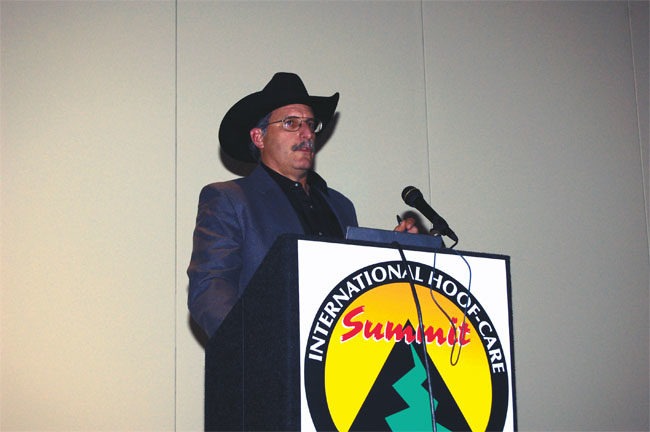American Farriers Journal
American Farriers Journal is the “hands-on” magazine for professional farriers, equine veterinarians and horse care product and service buyers.

For too long, the horse industry — and specifically farriers and equine veterinarians — have looked at hoof capsule distortion (HCD) as an event that can simply be altered with a rasp, wedge pads, clips, bar shoes, etc.
The fact is that HCD is the culmination of many things occurring within the foot. We will look at the progression of such an event, as well as some of the causes.
To look at HCD, we will first describe the hoof we all want to achieve, and then discuss how that hoof instead develops flared quarters, a dished toe and heels that appear to be underrun.
Whenever possible, we will use photos that were taken before shoeing. The only true way to truly judge a farrier’s work is to see how it looks a month after the horse has been shod. All hooves should look good when they are freshly shod, but time will tell us if we have them reasonably close to being correct.
On the foot we are all aiming for, the toe and quarters will have no (or limited) flares (Figure 1).
Flares indicate stress that is creating a lateral movement of the hoof capsule that the structure was not designed to accept.
The heel angle (HA — yellow line in Figure 2) should be approximately the same angle as the toe angle (TA…